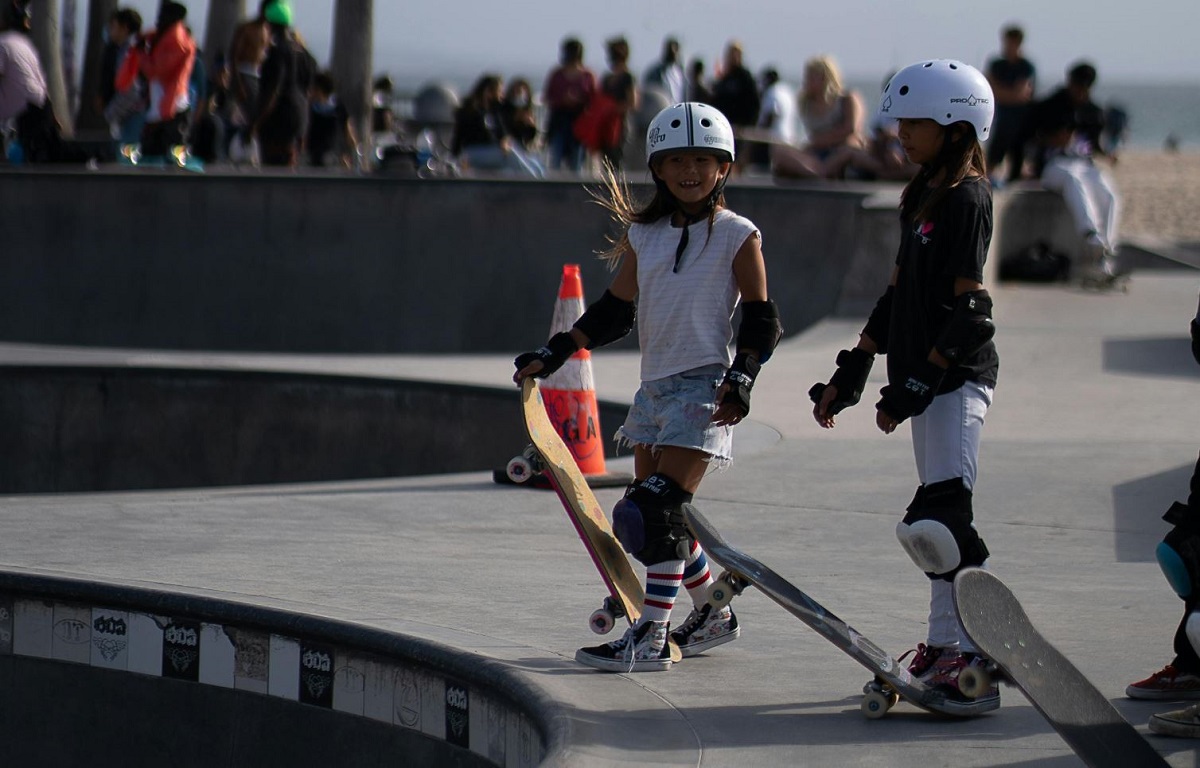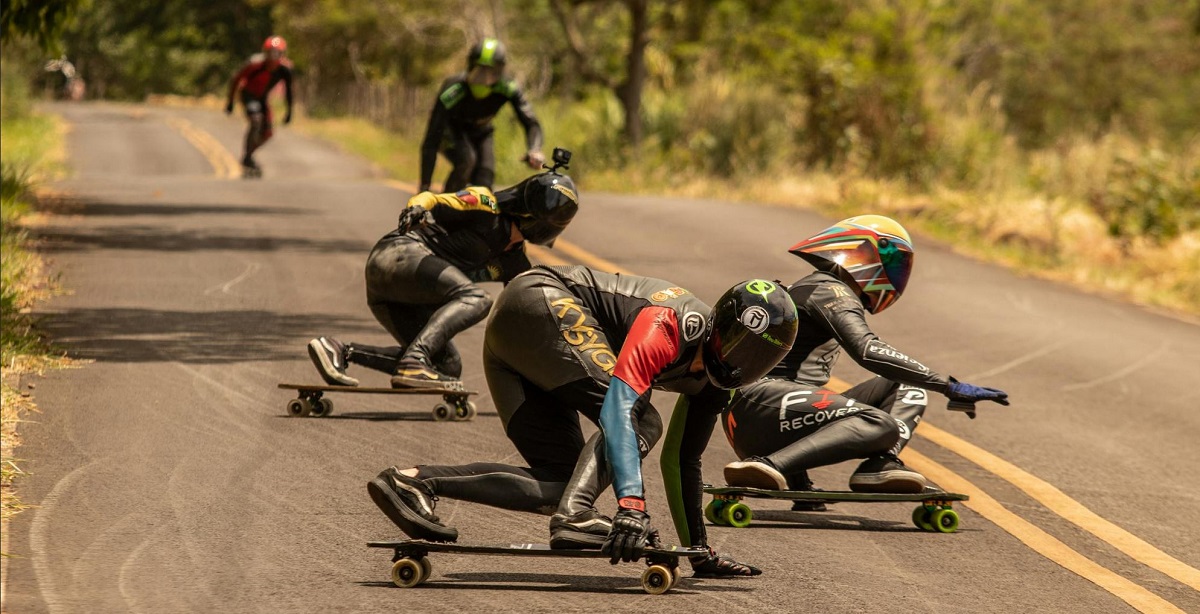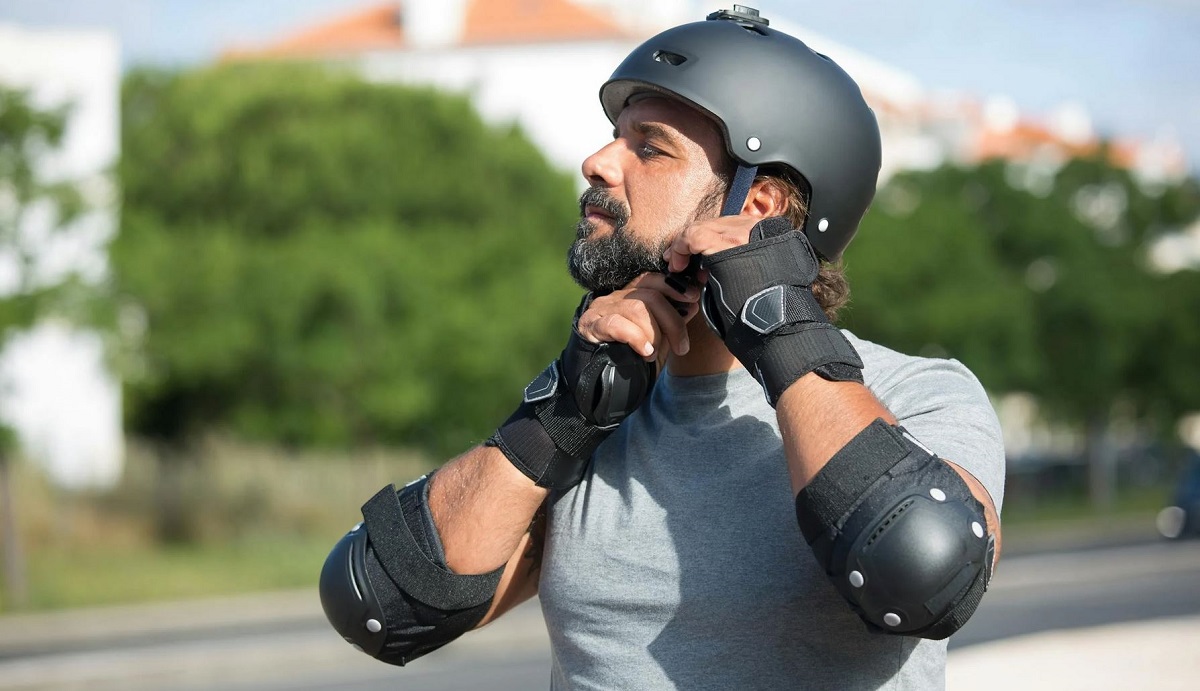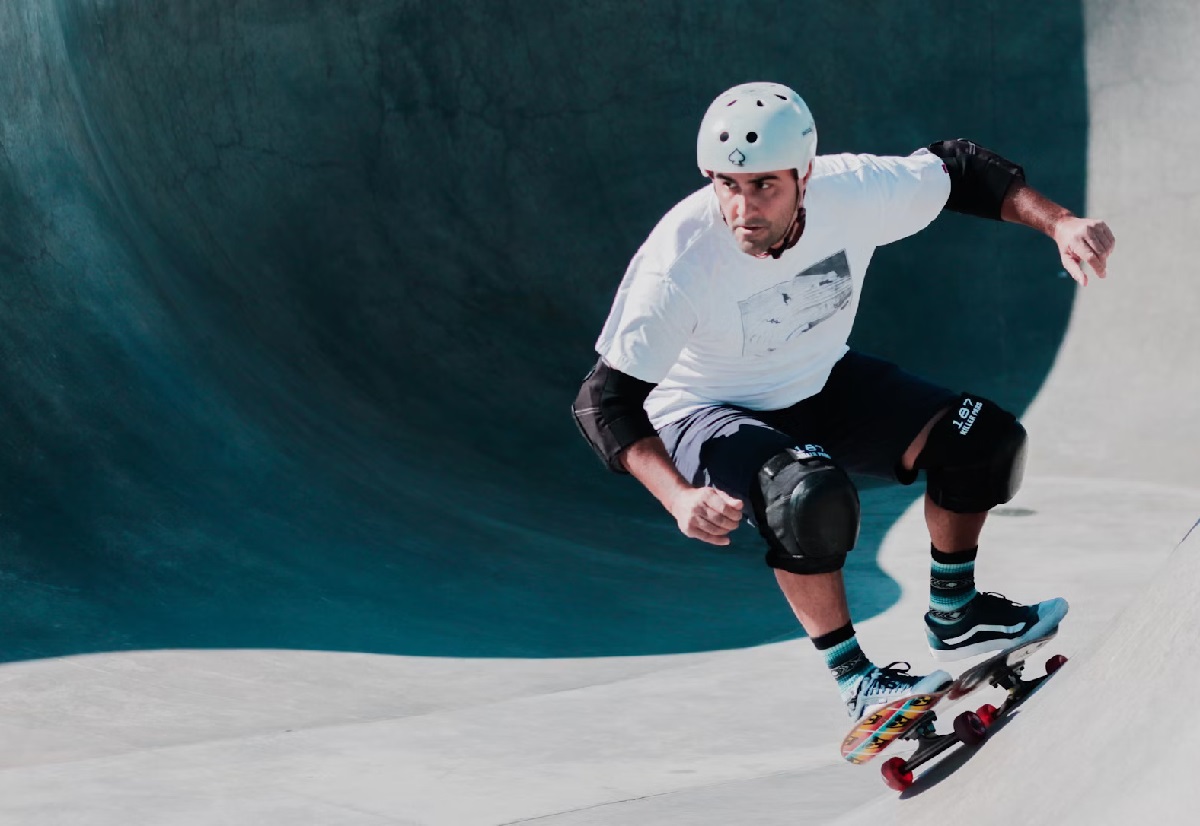No matter what anyone at the local vert park says, safety always comes first in skating. Of all the skate gear you should wear, a skate helmet is the most important. How important? Let’s review the data.
“Why bother with a skate helmet?”

A third of all skate injuries happen to new and youth riders. Make sure your kids are protected!
Skateboarding is a sport that involves a 100% injury rate. It’s not a question of whether you’ll suffer a nasty wipeout, but when. Skating ranks in the top 10 for the number of annual emergency room visits, with a significant portion of head injuries resulting in concussions, skull fractures, and brain hemorrhaging.
Wearing a skate helmet reduces the risks of suffering one of these potentially fatal — if not permanently life-altering — injuries by around 88%. Of course, you need to wear the right helmet to ensure you’re properly protected.
Some states even have laws requiring that skaters wear helmets. In California, any skater under age 18 must wear a CPSC-certified helmet at all times (more on helmet safety certifications below).
Longboarders Should Wear Helmets, Too!

You don’t need to be a downhill pro to buy a helmet — always wear a brain bucket on a longboard!
Longboarding poses as much a head injury risk as skating. That’s because all longboarders ride on the streets — which is also where most skate injuries (including head injuries) occur. Road hazards and vehicle collisions significantly raise the risk of wiping out.
How to Pick The Right Skate Helmet

A skateboard helmet is the one piece of kit you shouldn’t cheap out on. Although you can find some basic options in the cycling section at your local big box store, it’s best to find a helmet that has at least one of the below safety certifications.
Skate Helmet Safety Certifications
Those safety certifications include:
CPSC Certifications (Consumer Product Safety Commission)

This is the most basic safety standard applied to any helmet. It’s required by law in the U.S. for any skate helmet, to ensure the helmet meets necessary protection ratings against head trauma. Helmets must undergo certain tests to obtain this certification.
ASTM Certification (American Society for Testing and Materials)

ASTM Certification provides some extra protection over a CPSC-certified helmet. Although not required by law, this is a recommended certification to invest in, especially if you’re street skating or if you ride your longboard at high speeds.
Snell Certification

A Snell Certification provides the most protection of these three safety standards. Snell-certified helmets are often used by racing drivers. Helmets with a Snell rating can reliably withstand direct impacts at high speed, making this option the best choice for pro skaters, downhill longboarders, and anybody chasing big air on large ramps and vert parks.
NOTE: Because Snell-certified helmets are often used in motorsports, a skate helmet with a Snell Certification may display a “D.O.T.” sticker instead. Pro downhill longboard riders typically invest in one of these helmets, as many offer full facial protection against road rash.
Measure Your Head for a Skate Helmet

A helmet that’s too big or small will provide far less protection — or none at all. You must ensure your skate helmet is the proper size, adjusted to fit snugly but comfortably.
Regardless of the helmet maker, measuring for the right size is done by following these steps:
- Using a string or soft tape measure, measure the circumference of your skull.
- Measure the circumference directly above the eyebrows.
- Make sure the tape or string is parallel with the ground.
- Record the measurement in inches and centimeters.
Reference Helmet Size Charts

Once you’ve got your head measured, you can start shopping for a helmet. All helmet makers provide a size chart (like this chart from Triple 8 Helmets).
Keep in mind that helmet sizes are not universal across all manufacturers. A helmet made for a 23″ circumference might be considered a “Large” for one maker, but an “Extra-Large” for another.
“Should I size up or down?”
It’s not uncommon for your head circumference to fall right on the line between two helmet sizes. We always recommend sizing down, first. Going with a smaller size will ensure your helmet fits snugly. The helmet will also be smaller, lighter, and more aerodynamic.
The larger helmet option may not cinch down to fit tight enough, and it could wobble and fail to protect you in a fall. So, you should only size up if the helmet you chose is too tight.
“Which skate helmets are best?”

The top three skate helmet brands we recommend include Triple 8, 187 Killer Pads, and Pro-Tec.
The Triple 8 Certified Sweatsaver (left) is one of the most popular skateboard helmets on the market and is favored by many pro skaters, including Tony Hawk. It features a removable and washable liner. The Sweatsaver affords CPSC- and ASTM-level protection.
Triple 8 also makes the Lil 8 (second from left) for youth riders. This helmet complies with both CPSC and ASTM certification ratings.
The other big player in the helmet game is 187 Killer Pads. Their brain buckets, like the Charcoal Blue (second from right), include a unique foam insert for extra comfort, and no-pinch buckles with double-adjustable straps.
Pro-Tec’s helmets, like their Matte Blue (right), feature large vent holes, low-profile designs to reduce bulk, and multiple ASTM certifications for extra protection.
Now you know what to look for. Grab a skateboard helmet here!


